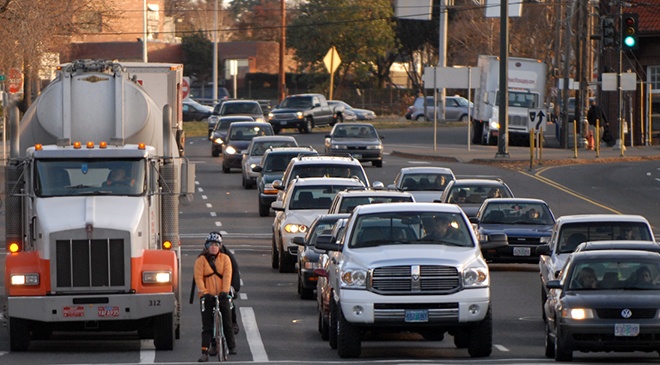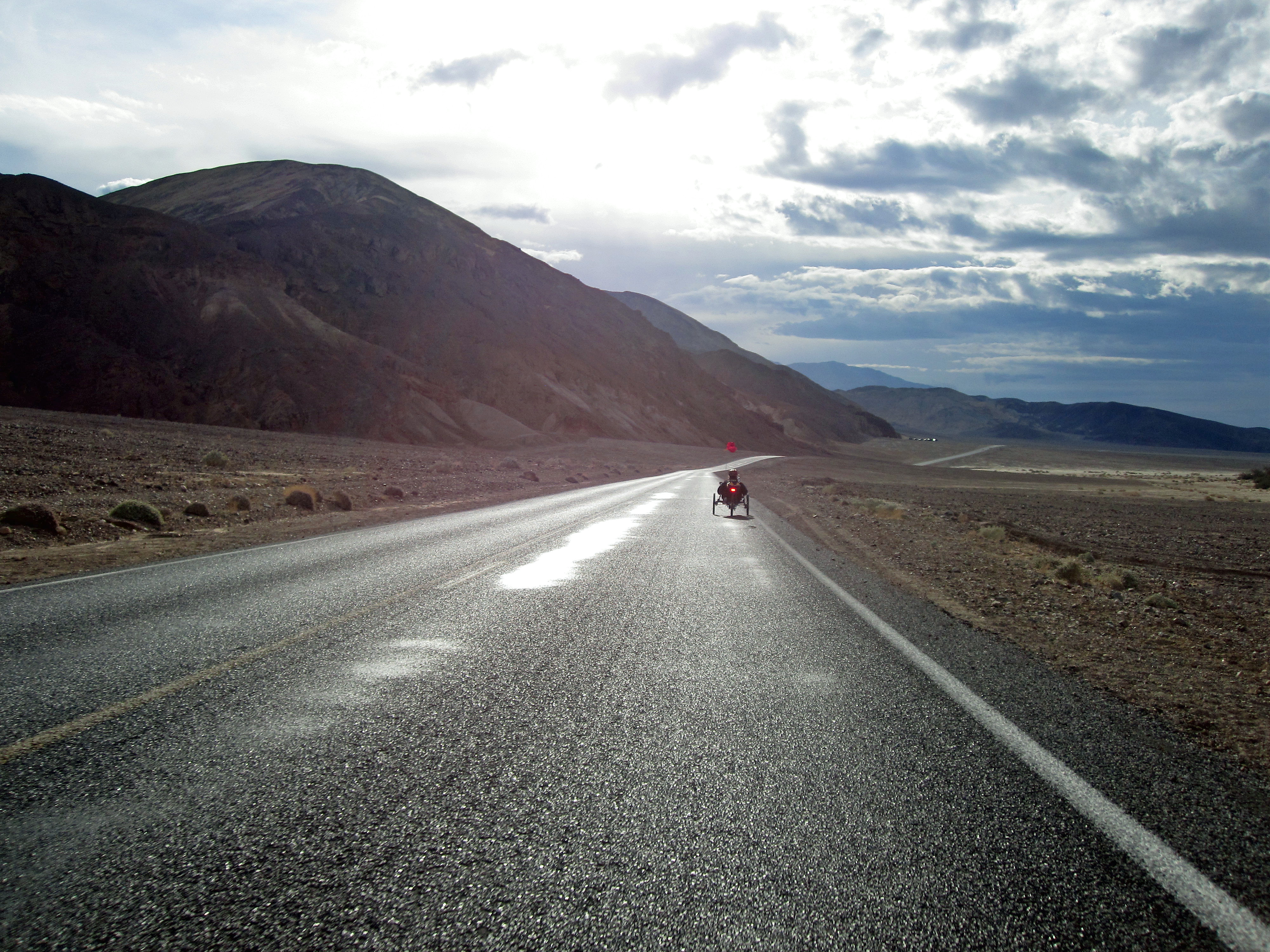Isn’t A Recumbent Dangerous?
I get asked this question all the time. People assume that our bikes are more dangerous than a typical upright bike. My informed opinion, after almost 35,000 miles of cycling on the trike, is that a recumbent is more safe than an upright bike..
The most obvious safety feature of our bikes is we cannot fall off them. The most common cycling accident around the world, by far, involves people falling off their bikes. But that cannot happen to us. If we crash into something, we will hit it with our feet, and not fly over the handlebars and crash headfirst into the pavement.
What About Riding In Traffic?
Riding the trike in traffic is also not dangerous. Or at least no more dangerous than riding any cycle in traffic. It requires some common sense and a healthy dose of humble. And to safely ride in traffic we do follow some basic rules.
Too Low to the Ground?
“They are too low to the ground” is one comment I hear often, “People can’t see you. This just isn’t true. People have no trouble seeing things that are low to the ground from their cars. People don’t usually drive across the center line into oncoming traffic, or up curbs when they go around corners – because they can see the curbs and the lines painted on the roads. How many times have you seen a motorist swerve to avoid hitting a tiny bird or a squirrel in the roadway? They are able to see them just fine.
People do have trouble seeing things that are not where they are looking. When driving, people are typically looking at the road in front of them, not to the sides of the road. The real problem is that drivers are typically not paying attention to anything on the road that is not directly in front of them. Our job, as cyclists, is to make drivers to pay attention to us!

Recumbent Cycling Safety in Five Easy Steps
Rule #1 – Be Visible
There may be the occasional psycho-killer on the road, but there is nothing we can do to protect ourselves from them. In general, if people in cars can see us, they won’t run us over. We do everything we can to make ourselves visible to motorists.
Bright lights, flags and colored clothing
When we ride, we are like a small circus act riding down the street. There are bright blinking lights on the front and rear of our bikes. Multicolored flags with streamers flap actively in the breeze. We dress in bright-colored shorts and shirts and have reflective material all over our bikes and our helmets. We are not trying to blend in, we want people in cars to see us – from as far away as possible
One thing we have noticed is that on our trikes we look pretty strange. Many people when they drive up behind us have no idea what we are – they just know we look weird and different. On the highway – people give  weird and different a very wide berth. We find that people often move over into another lane when passing us because they “just don’t want to get too close to those weird-looking things”.
weird and different a very wide berth. We find that people often move over into another lane when passing us because they “just don’t want to get too close to those weird-looking things”.
Rule #2 – Give Yourself Some Space
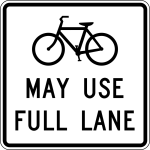 In every state, the law says a cyclist is entitled to use the road. That means we can take up the full lane if we need to. So we will often ride right down the center of the lane . It may seem counter-intuitive at first, but it’s the safest place. Why? Let me explain…
In every state, the law says a cyclist is entitled to use the road. That means we can take up the full lane if we need to. So we will often ride right down the center of the lane . It may seem counter-intuitive at first, but it’s the safest place. Why? Let me explain…
- It discourages drivers from passing us when it’s not safe.
- It is away from cars parked on the side of the road, so we won’t get hit when a car door opens in front of us
- It’s where people are looking, so they are less likely to claim ‘we couldn’t see you”
- It keeps us away from the gutter – which is typically full of debris and potholes that can cause injury to us or our bikes.
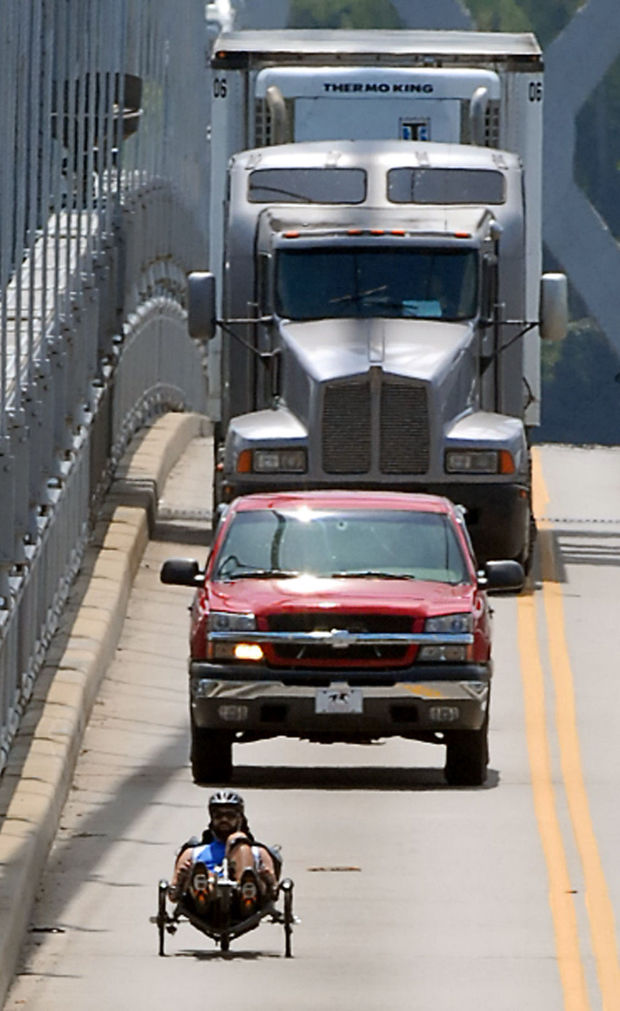
A lot of this depends upon the road we are riding. Some roads are more than wide enough, so we can afford to ride to the right and still leave enough room for drivers to pass. Some roads have nice bike lanes – they are great, and we will ride in them when they are available. But even on these roads, we often need to take the lane in some circumstances.
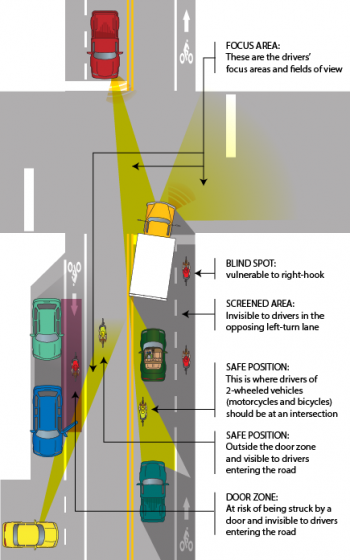
What About Sidewalks?
Sometimes we do ride on the sidewalks – although honestly that is illegal in many places and not the safest choice usually. In Florida, it is actually legal to ride on the sidewalk, unless specifically prohibited. In many California cities, it’s illegal to ride on the sidewalk, unless specifically allowed. So know the regulations wherever you happen to be riding.
Regardless of it’s legality, riding on the sidewalk actually increases our risk of being hit by a car, because it aggravates turning and crossing conflicts. Drivers often are not looking for traffic on the sidewalks when they turn at intersections, so intersections are especially dangerous places for cyclists on the sidewalk. The sidewalk also presents many more hazards such as poles, posts and branches.
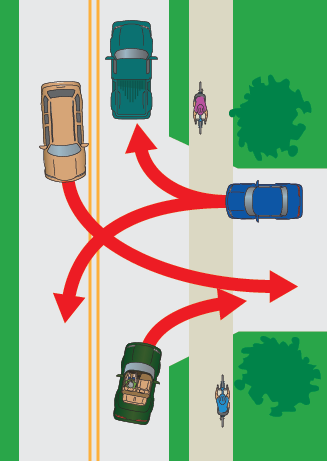
Rule #3 – Obey The Law 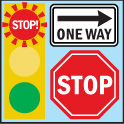
According to the law, a cyclist on the road must follow the same rules and regulations as any other vehicle. That means we have to ‘drive’ our trikes, just as if we are driving a car.
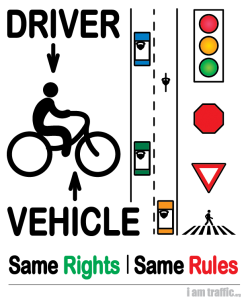 Stop at lights and stop signs
Stop at lights and stop signs- Ride in the direction of traffic (I’m always amazed how many people ride against traffic – that’s crazy dangerous!)
- Obey the speed limit (don’t laugh – we can get going pretty quick downhill on these things)
- Don’t pass other vehicles on the right
Here is a great summary (in PDF format so you can download it) of the Florida Law for Cyclists. This summary is extracted from (and makes reference to) the Florida State Uniform Traffic Control Statutes.
Rule #4 – Be predictable
Make sure that other drivers know what you are going to do – before you do it!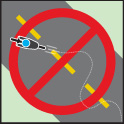
- Drive in a straight line – don’t swerve or ride erratically
- When turning or changing lanes – signal well in advance
- Stay in your lane – don’t jump on/off the sidewalk or in/out of the bike lane
Rule #5 – Be Aware
Know what is going on around you on the bike.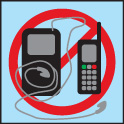
- Get a good set of mirrors and use them. Know where other cars are on the road.
- Listen – cars make noise and you can hear them. If it doesn’t sound right, check it out!
- Make eye contact with drivers and let them know you’ve seen them. Especially at intersections. This will tell you if the driver has seen you or not. Stop if you aren’t sure they see you.
- Don’t plug your ears with headphones that block the traffic sounds
- Stay in front of/behind turning vehicles. Don’t get caught in the blind spots – to the right of a right-turning car or to the left of a left turning car
If you want to learn more about safe cycling and how a cyclist should behave in traffic – check out the Savvy Cyclist Website and consider taking their online course.

